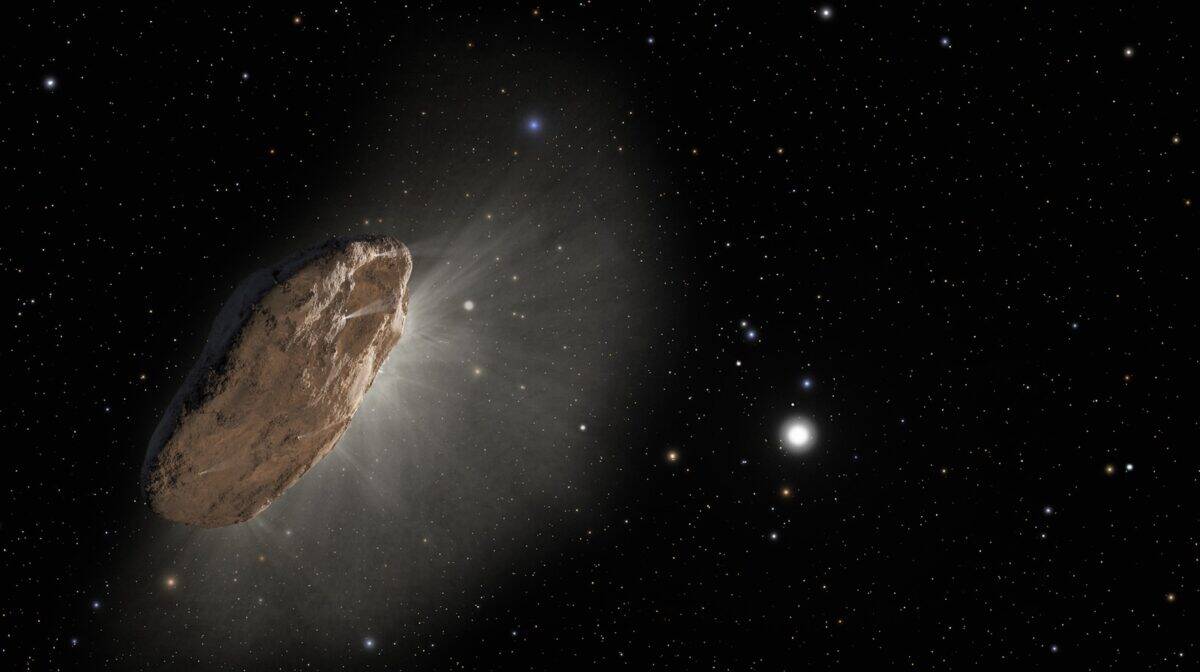In 2018, a fiery streak illuminated the night sky over Botswana before a meteorite crashed into the Kalahari Desert. This extraterrestrial visitor, now known as asteroid 2018 LA, has since become the subject of intense scientific interest. Recent analysis reveals that this space rock may contain some of the fundamental building blocks necessary for life as we know it. The discovery adds to growing evidence that meteorites might have played a crucial role in seeding Earth with the chemical precursors to life billions of years ago. This fascinating finding not only provides insights into our planet’s past but also offers tantalizing possibilities about life elsewhere in the cosmos.
The Dramatic Arrival of Asteroid 2018 LA

On June 2, 2018, asteroid 2018 LA entered Earth’s atmosphere traveling at approximately
38,000 miles per hour. Unlike most meteors that burn up completely during atmospheric entry, this 6-foot-wide asteroid was detected several hours before impact by the Catalina Sky Survey in Arizona. This rare advance detection allowed astronomers to track its trajectory precisely. The asteroid exploded about 17 miles above Earth’s surface, with fragments scattering across the Central Kalahari Game Reserve in Botswana. Within days, scientists managed to recover several meteorite fragments totaling just over a pound of extraterrestrial material, an exceedingly rare accomplishment that provided researchers with pristine samples for analysis before terrestrial contamination could occur.
Origins in the Asteroid Belt

Careful analysis of the meteorite’s composition and orbital dynamics has revealed that 2018 LA originated from the inner region of the asteroid belt between Mars and Jupiter. Specifically, it appears to have been ejected from a larger parent body—most likely asteroid Vesta or one of its family members. Vesta is the second-largest object in the asteroid belt and one of the most ancient bodies in our solar system, having formed within the first few million years after the birth of the solar system approximately 4.6 billion years ago. This lineage makes the meteorite fragments particularly valuable, as they represent relatively unaltered material from the early solar system, preserving a chemical record of conditions when planets were first forming.
The Chemical Makeup Revealing Life’s Building Blocks
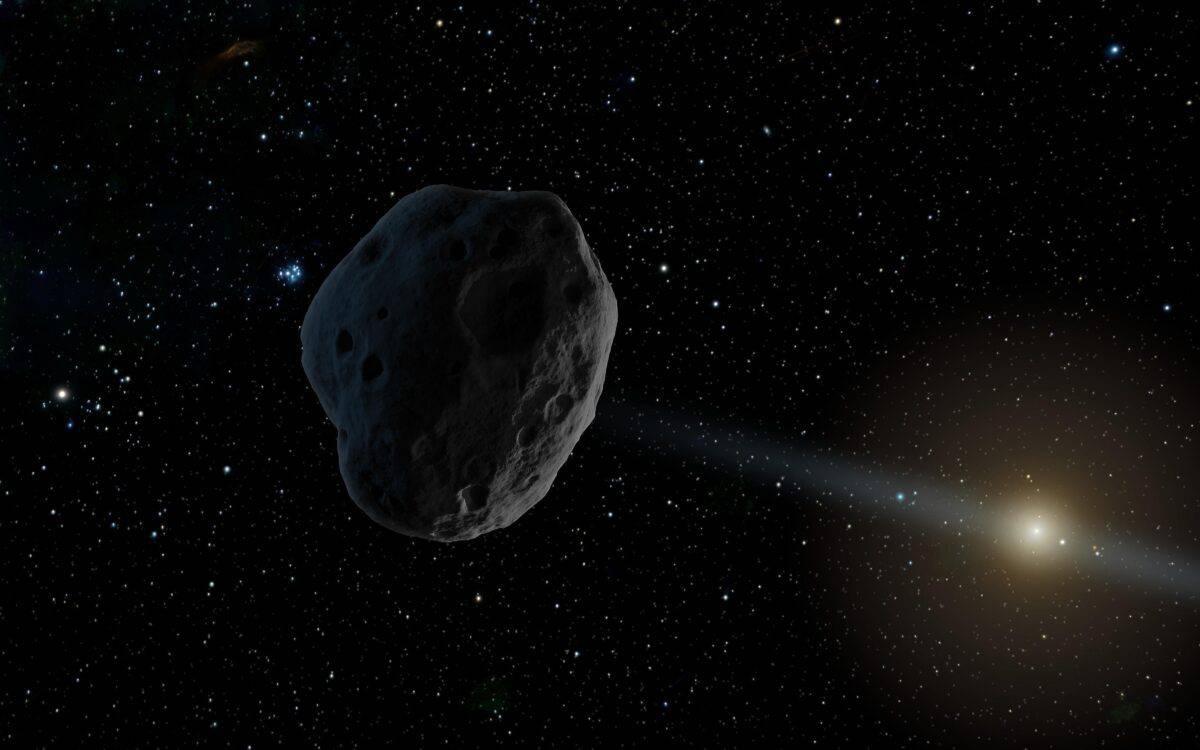
The most exciting aspect of 2018 LA is its rich chemical composition. Analysis conducted by international research teams revealed that the meteorite contains significant amounts of organic compounds, including amino acids—the fundamental building blocks of proteins essential to all known life forms. Researchers detected glycine, alanine, and several other amino acids within the meteorite fragments. What makes this discovery particularly significant is that these compounds appear to have formed through non-biological processes in space, rather than resulting from contamination after landing on Earth. The presence of these prebiotic molecules suggests that the chemical precursors to life may be relatively common throughout our solar system, forming spontaneously under the right conditions.
Water-Related Minerals and Their Significance

In addition to organic compounds, 2018 LA contains minerals that show evidence of past interaction with water. Hydrated minerals like phyllosilicates (clay minerals) were identified in the meteorite fragments, indicating that the parent asteroid once contained liquid water. This discovery is crucial because water is considered essential for life as we know it. The presence of these water-altered minerals suggests that the parent body of 2018 LA may have once had conditions potentially conducive to prebiotic chemistry—the chemical reactions that precede the development of biological processes. These findings contribute to our understanding of how common water-rich environments might be in our solar system beyond Earth.
Isotopic Signatures Revealing Cosmic History
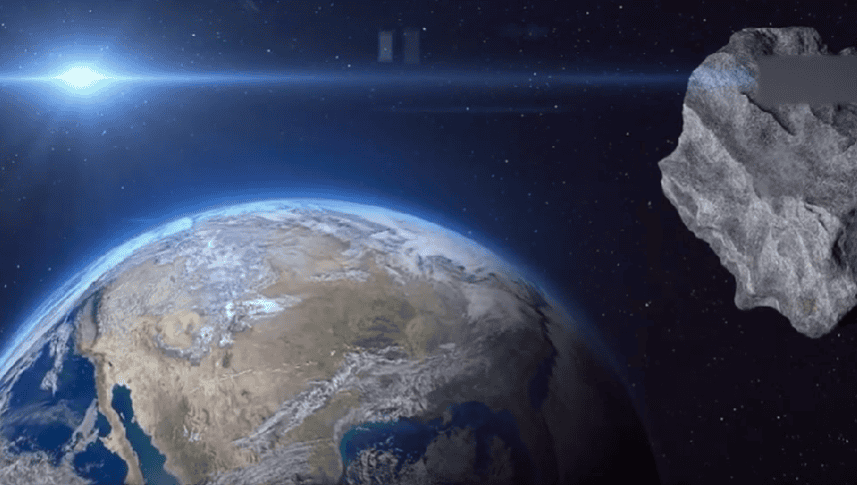
The meteorite also carries distinct isotopic signatures that help scientists trace its history. Isotopes are variations of elements with different numbers of neutrons, and their ratios can serve as cosmic fingerprints. Analysis of oxygen, hydrogen, and nitrogen isotopes in 2018 LA provides clues about the environment in which the meteorite formed. Interestingly, some of these isotopic ratios differ from those typically found on Earth, confirming the meteorite’s extraterrestrial origin. However, they share similarities with certain ancient Earth materials, hinting at a possible connection between Earth’s primordial chemistry and materials delivered by meteorites during our planet’s early history, approximately 4 billion years ago when life is thought to have first emerged.
The Panspermia Hypothesis Gains Support

The discoveries from 2018 LA lend credence to the panspermia hypothesis—the idea that life or its precursors could be transported between celestial bodies via meteorites, comets, and other space debris. While the meteorite doesn’t contain evidence of actual life forms, the presence of complex organic molecules suggests that the essential ingredients for life can form in space and survive the journey through Earth’s atmosphere. According to this hypothesis, meteorites similar to 2018 LA may have bombarded the early Earth, delivering vast quantities of organic compounds and water, potentially accelerating the chemical evolution that eventually led to life. Some scientists now estimate that meteoric material may have delivered hundreds of tons of organic compounds to Earth daily during certain periods of our planet’s early history.
Analytical Techniques Revealing Microscopic Secrets

Unlocking the secrets within 2018 LA required cutting-edge analytical techniques. Scientists employed a battery of sophisticated methods including gas chromatography-mass spectrometry, which separates and identifies chemical compounds; scanning electron microscopy for detailed imaging at the microscopic level; and synchrotron radiation analysis, which uses intensely focused X-rays to study the atomic structure of materials. These techniques allowed researchers to identify organic molecules at concentrations of just a few parts per billion—equivalent to finding a single grain of salt in an Olympic-sized swimming pool. The non-destructive nature of many of these techniques ensures that the precious meteorite samples remain available for future analysis as technology advances, potentially revealing even more secrets about the building blocks of life contained within.
Comparison to Other Life-Ingredient-Bearing Meteorites
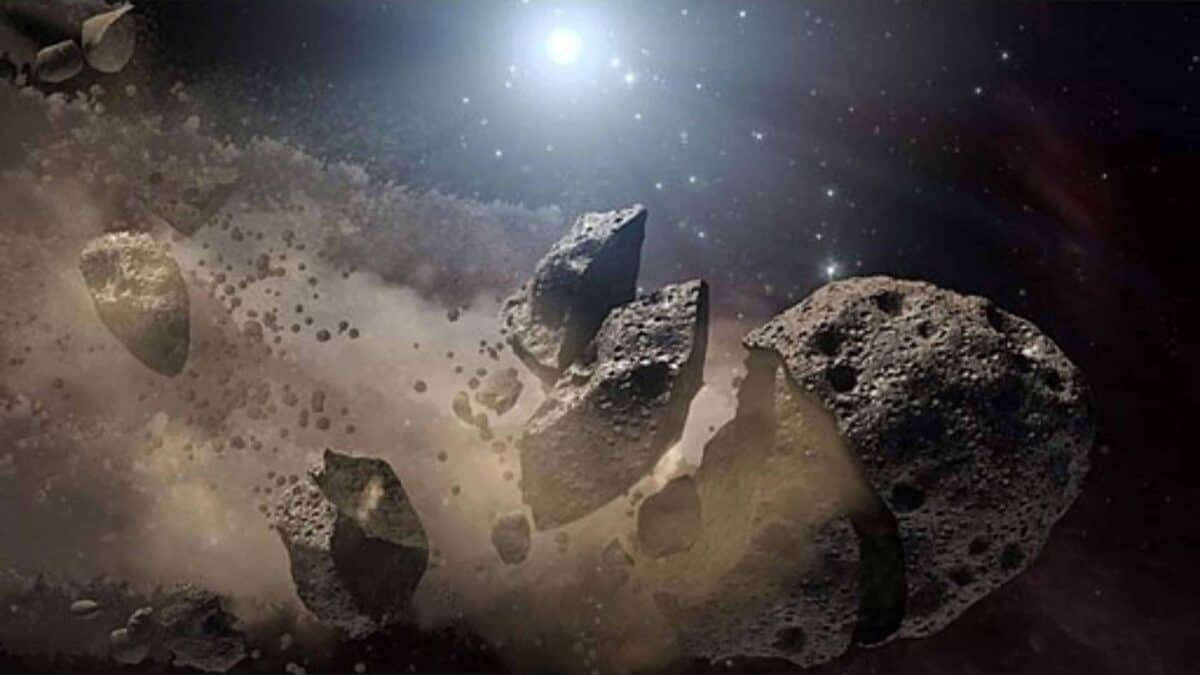
While 2018 LA’s contents are remarkable, it’s not the first meteorite found to contain potential ingredients for life. The famous Murchison meteorite that fell in Australia in 1969 contained over 80 amino acids, many not commonly found on Earth. The Tagish Lake meteorite that landed on a frozen lake in Canada in 2000 contained numerous organic compounds and showed evidence of containing nucleobases—components of DNA and RNA. What makes 2018 LA particularly valuable is the combination of its pristine recovery shortly after impact, its well-documented journey through space, and the advancement in analytical technologies since previous meteorite discoveries. This allows scientists to draw more definitive conclusions about the origin of its organic compounds and their potential role in life’s emergence, not just on Earth but potentially throughout the cosmos.
Implications for Life on Mars and Beyond
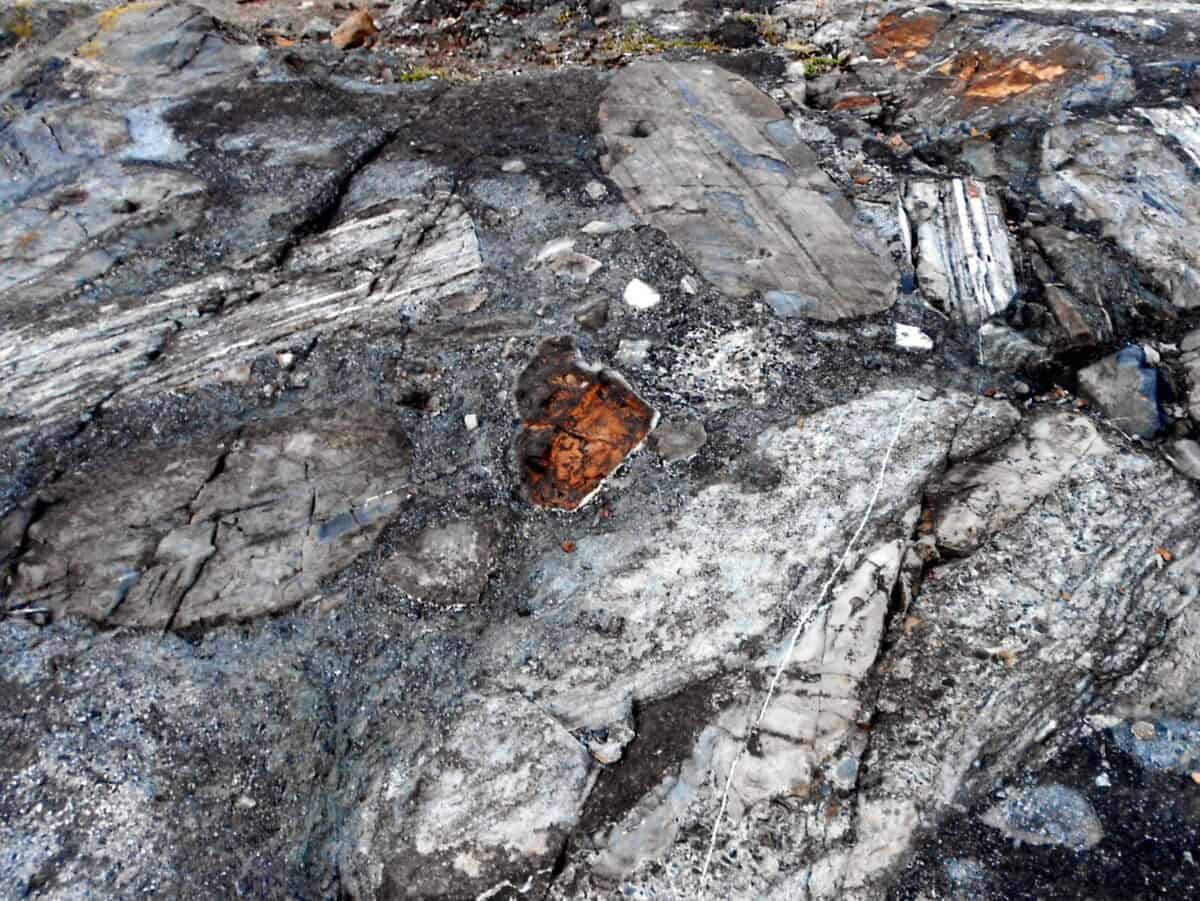
The findings from 2018 LA have significant implications for the search for life beyond Earth, particularly on Mars. Since the meteorite originated from the asteroid belt, which shares similarities with conditions in certain Martian regions, the organic compounds detected might also have formed on the Red Planet. This strengthens the case for past or even present microbial life on Mars, especially in regions where liquid water once flowed. Furthermore, the discovery suggests that the ingredients necessary for life may be widespread throughout our solar system and beyond. The moons Europa (orbiting Jupiter) and Enceladus (orbiting Saturn), both of which have subsurface oceans, could potentially host environments where similar organic chemistry occurs. This bolsters the rationale for future missions designed to search for biosignatures on these celestial bodies.
The Meteorite’s Journey from Discovery to Laboratory

The recovery of 2018 LA fragments represents a triumph of modern astronomy and international scientific collaboration. After atmospheric entry was detected, scientists calculated the likely impact zone—a challenging task requiring precise orbital mechanics. The search area initially spanned several square kilometers of remote Kalahari Desert. A team of researchers from the United States, Finland, South Africa, and Botswana conducted an exhaustive ground search, eventually recovering the first fragment. The meteorite pieces were handled with extraordinary care to prevent contamination, using sterile collection tools and storage in inert nitrogen gas. Within days, the samples were transported to specialized laboratories across three continents, where they underwent preliminary analysis. This rapid response preserved the meteorite’s pristine condition, allowing for more accurate analysis of its volatile organic compounds that might otherwise have degraded or become contaminated by Earth’s environment.
Challenges in Distinguishing Extraterrestrial Life Ingredients

One of the most significant challenges researchers faced when studying 2018 LA was determining whether the organic compounds found were truly extraterrestrial or merely terrestrial contamination. Scientists employed several techniques to make this crucial distinction. First, they analyzed the interior portions of the meteorite that were shielded from Earth’s environment. Second, they looked for specific isotopic signatures that differ from those found on Earth. Third, they examined the structural characteristics of the organic molecules, many of which showed features consistent with formation in space environments, including exposure to cosmic radiation and low temperatures. Finally, they conducted control experiments using samples from the surrounding environment where the meteorite was found. Through this meticulous process, researchers established with high confidence that many of the organic compounds in 2018 LA formed in space before the meteorite arrived on Earth, representing true extraterrestrial prebiotic chemistry rather than contamination.
Future Research Directions and Unanswered Questions
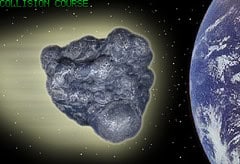
The discovery of life’s potential building blocks in 2018 LA opens numerous avenues for future research. Scientists are continuing more detailed analyses of the meteorite fragments, hoping to identify additional complex organic compounds and better understand their formation processes. One key question is whether the organic molecules show any signs of chirality—a property where molecules can exist in left-handed or right-handed forms. On Earth, life predominantly uses left-handed amino acids, and finding a similar pattern in extraterrestrial compounds would be significant. Researchers are also studying how these compounds might interact under conditions simulating early Earth to see if they could spontaneously form more complex structures necessary for life. Additionally, the findings inform the development of new space missions specifically designed to search for similar compounds on asteroids, Mars, and beyond, potentially including sample return missions that could bring back additional pristine extraterrestrial material for study.
Cosmic Messengers: What Meteorites Tell Us About Life’s Origins

The analysis of asteroid 2018 LA represents a significant milestone in our quest to understand the origins of life in the universe. The presence of amino acids, organic compounds, and water-altered minerals provides compelling evidence that the fundamental ingredients for life may be widespread throughout our cosmic neighborhood. This discovery strengthens the hypothesis that meteorites played a crucial role in delivering the chemical precursors of life to the early Earth, potentially jump-starting the complex chemistry that eventually led to living organisms. While we cannot yet say with certainty how life began on our planet, each meteorite like 2018 LA provides another piece of this grand cosmic puzzle. As our analytical techniques continue to advance and future space missions return more samples from asteroids and other celestial bodies, we move ever closer to answering one of humanity’s most profound questions: are we alone in the universe, or is life an inevitable outcome of cosmic chemistry?
- The Clever Ways Animals Outsmart Predators in the Wild - August 17, 2025
- The Ultimate Survival Strategy of Hibernating Animals - August 17, 2025
- From Feast to Forbidden: Why Horses Are Off the Menu in Many Countries - August 17, 2025

